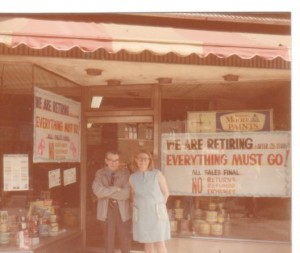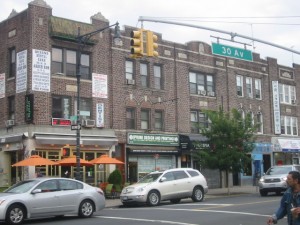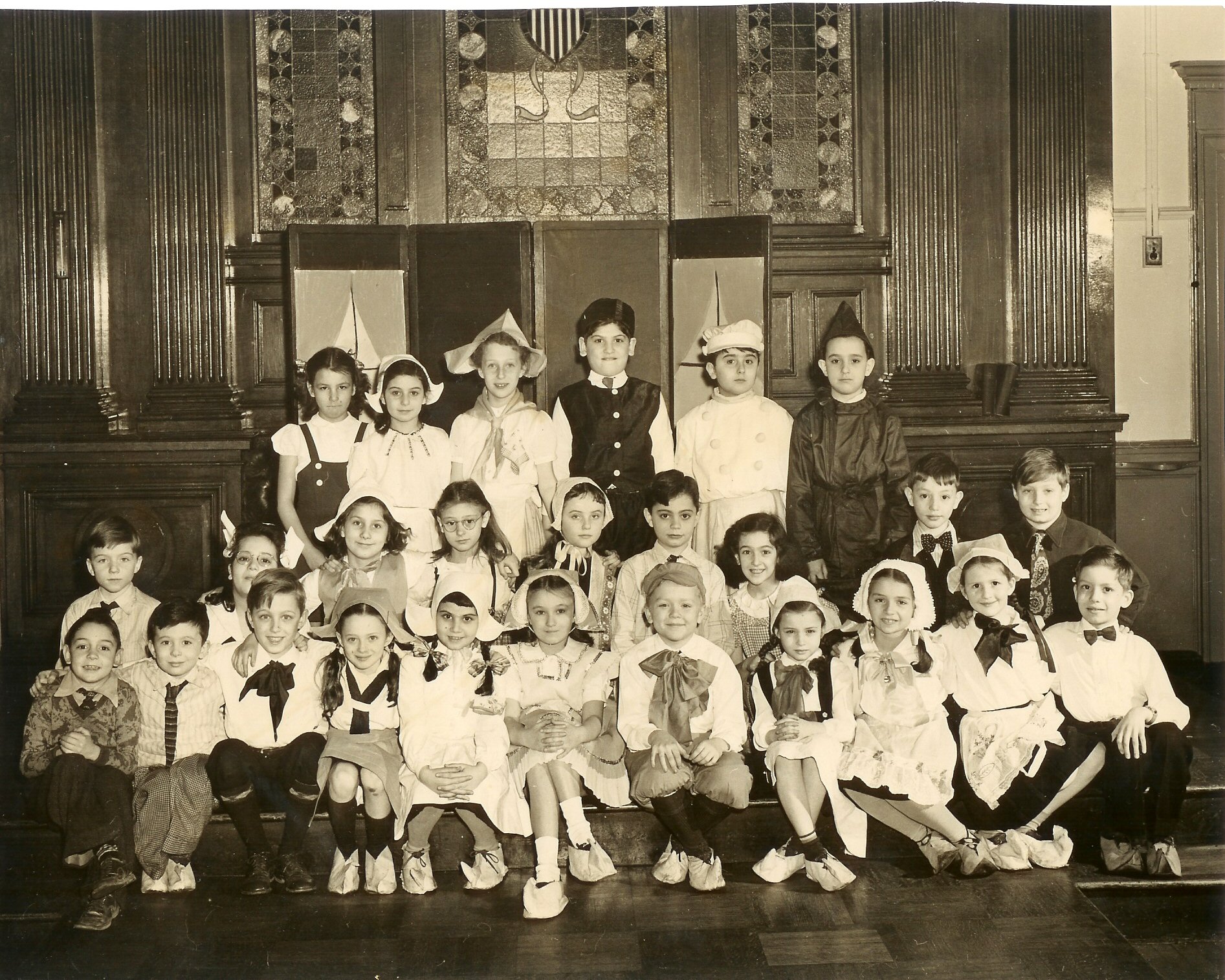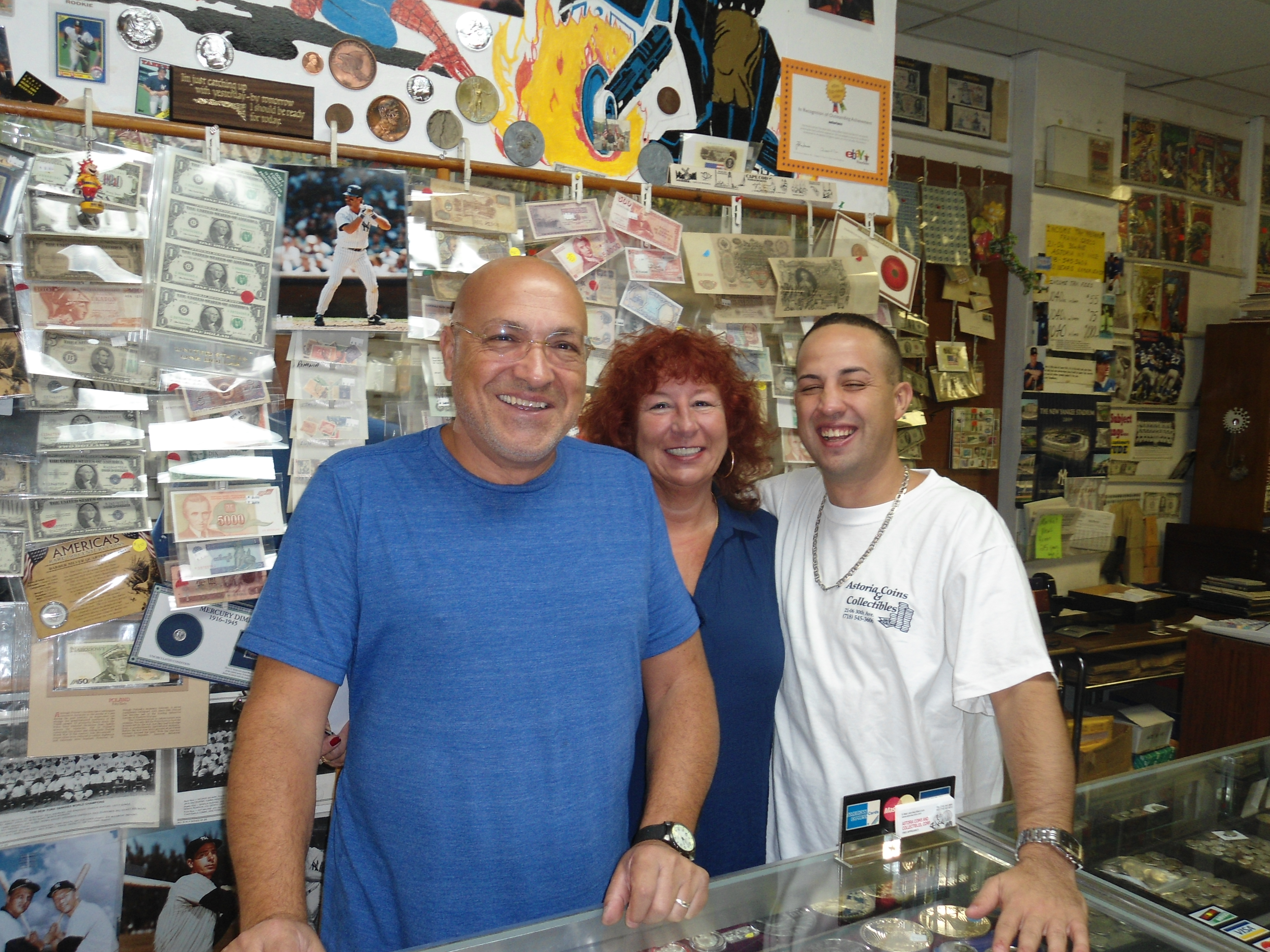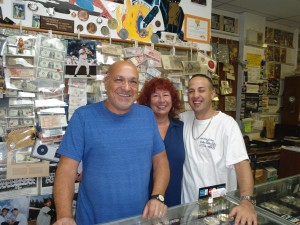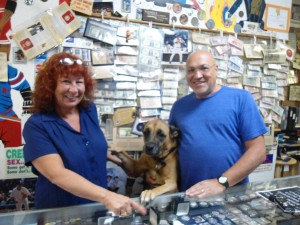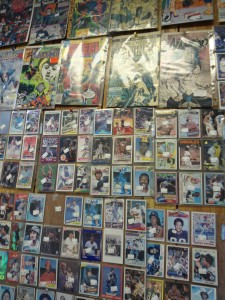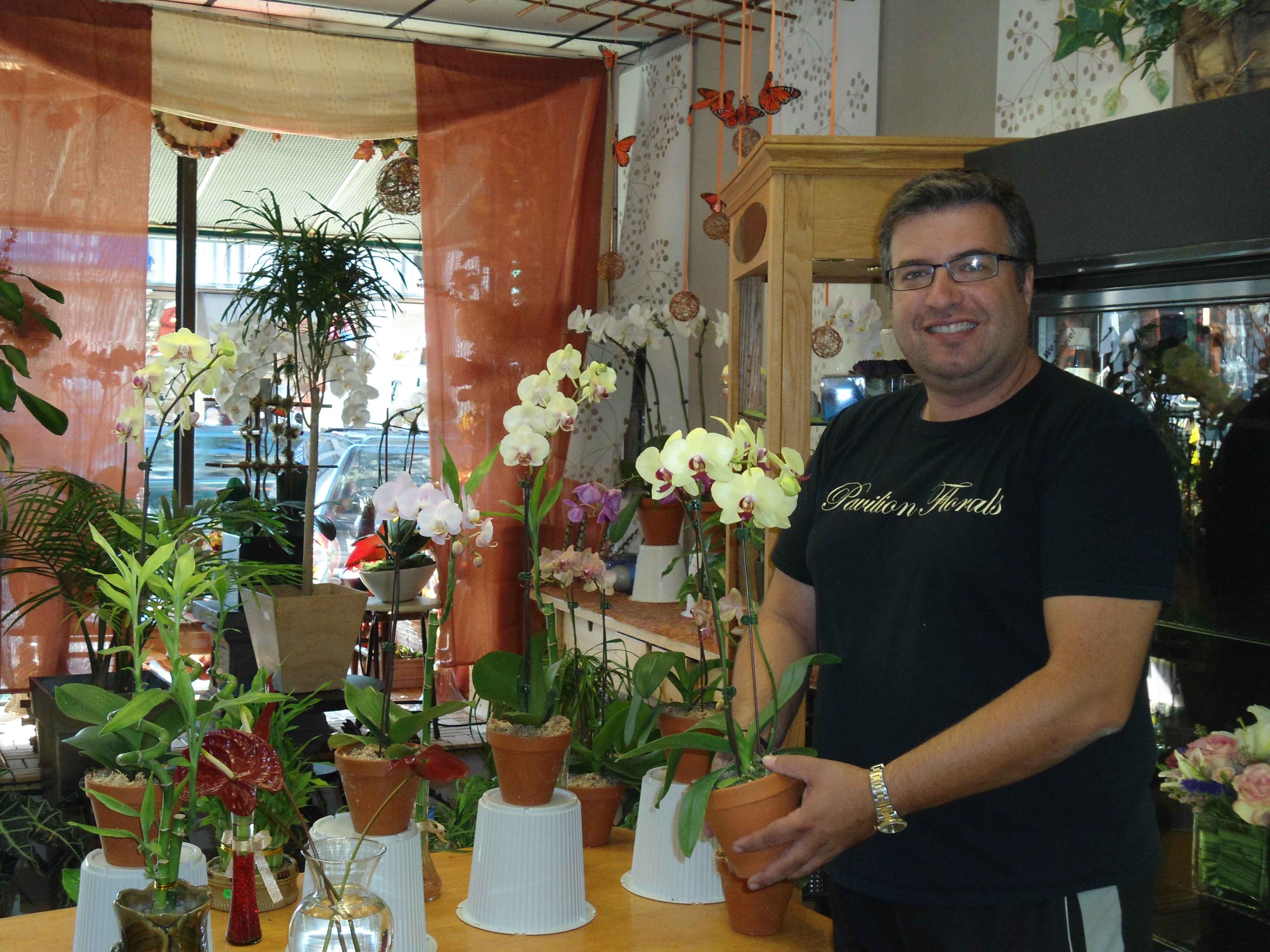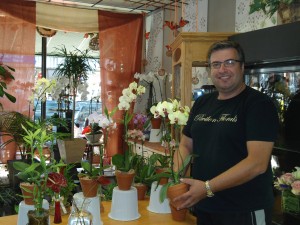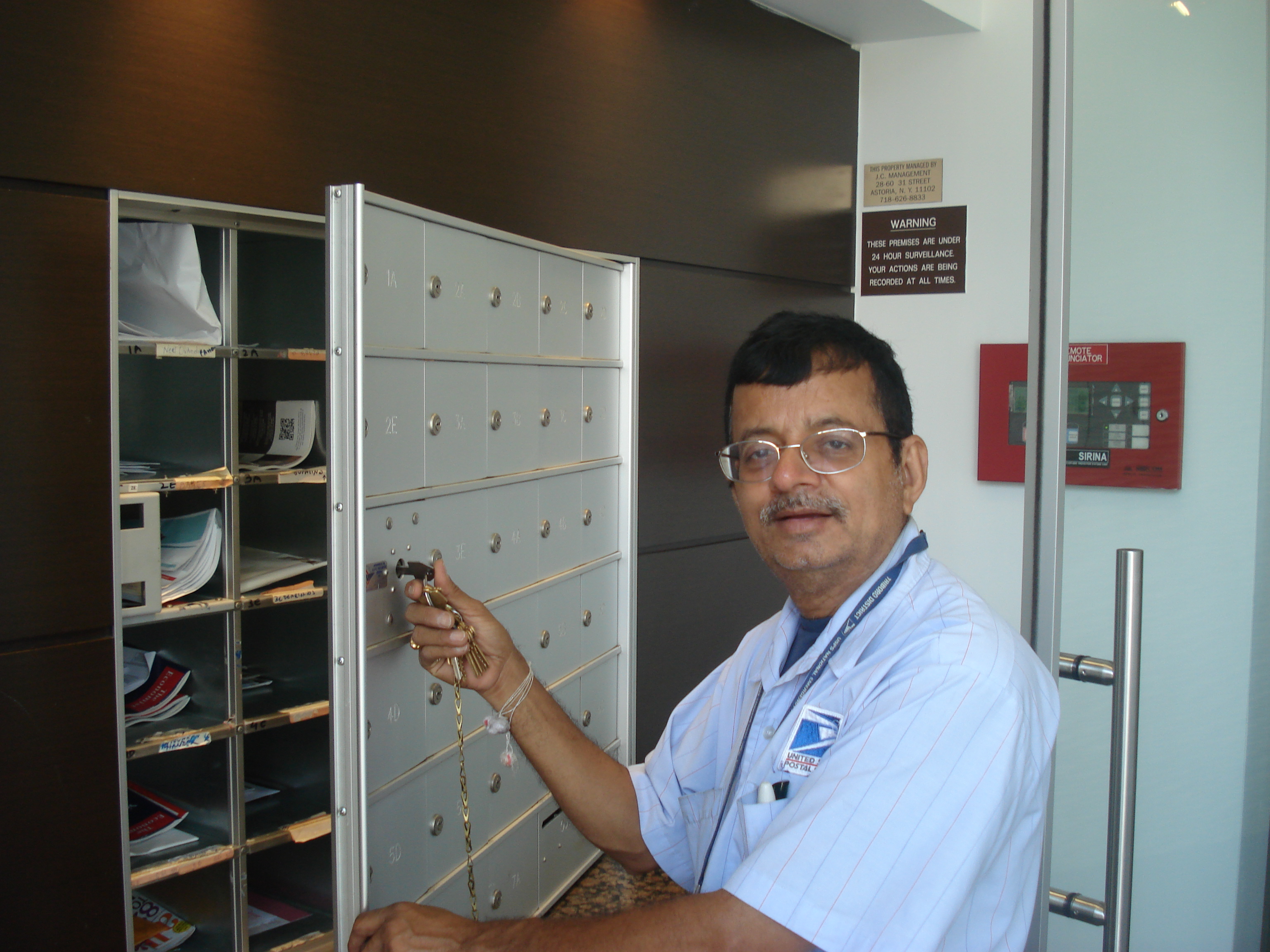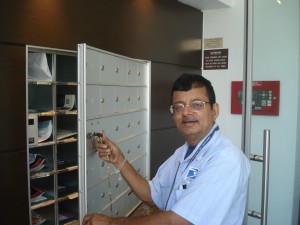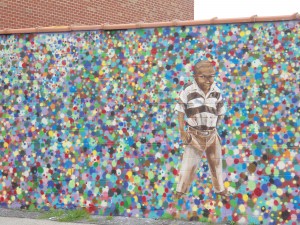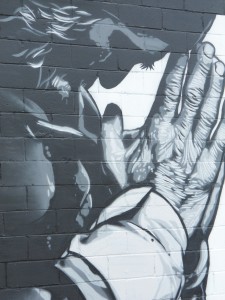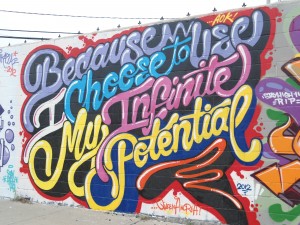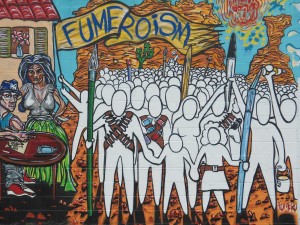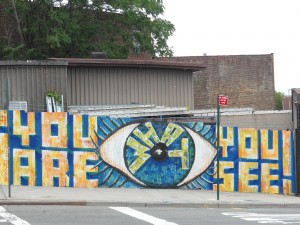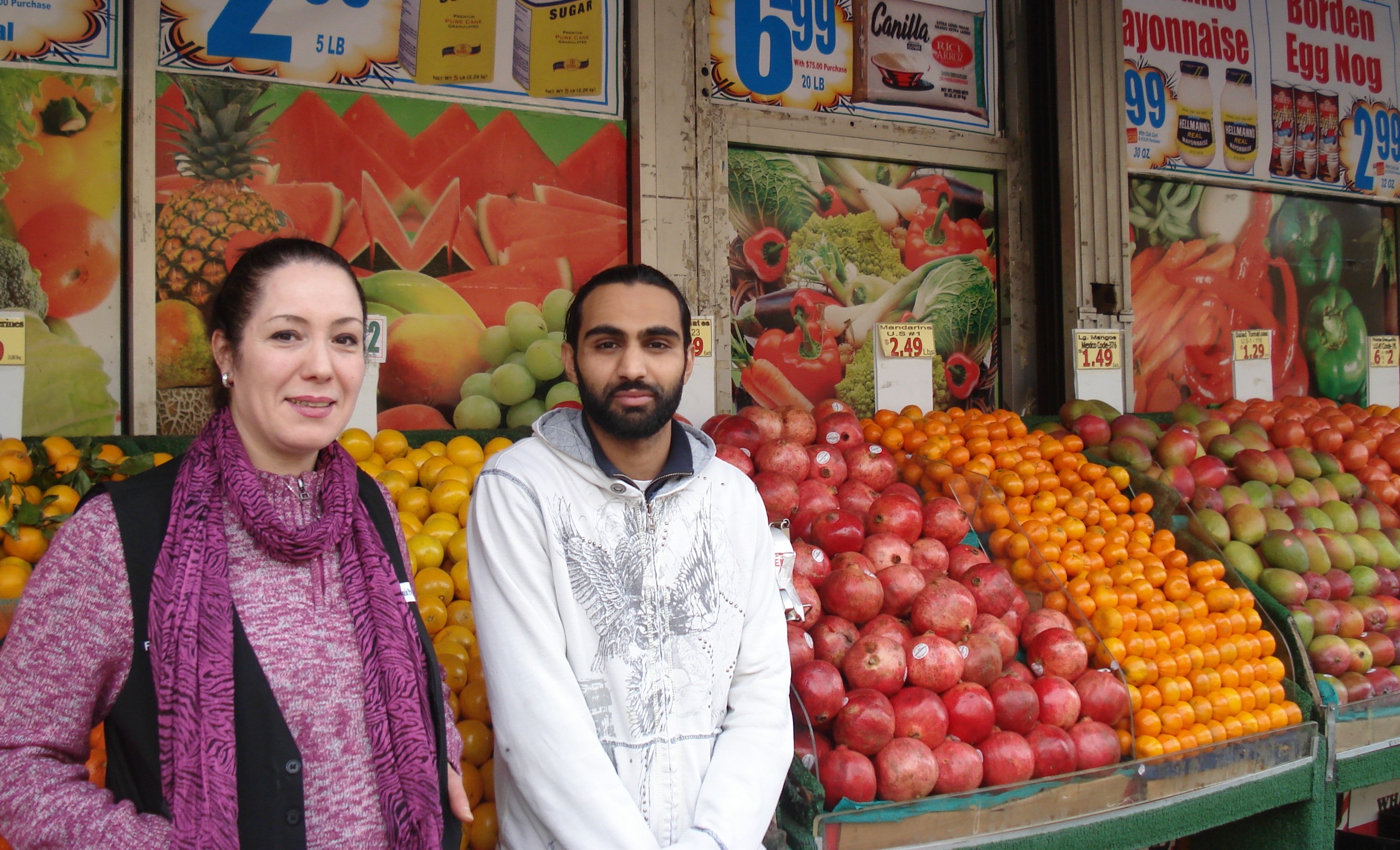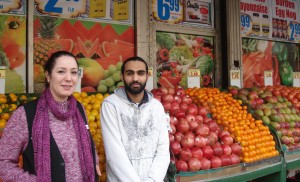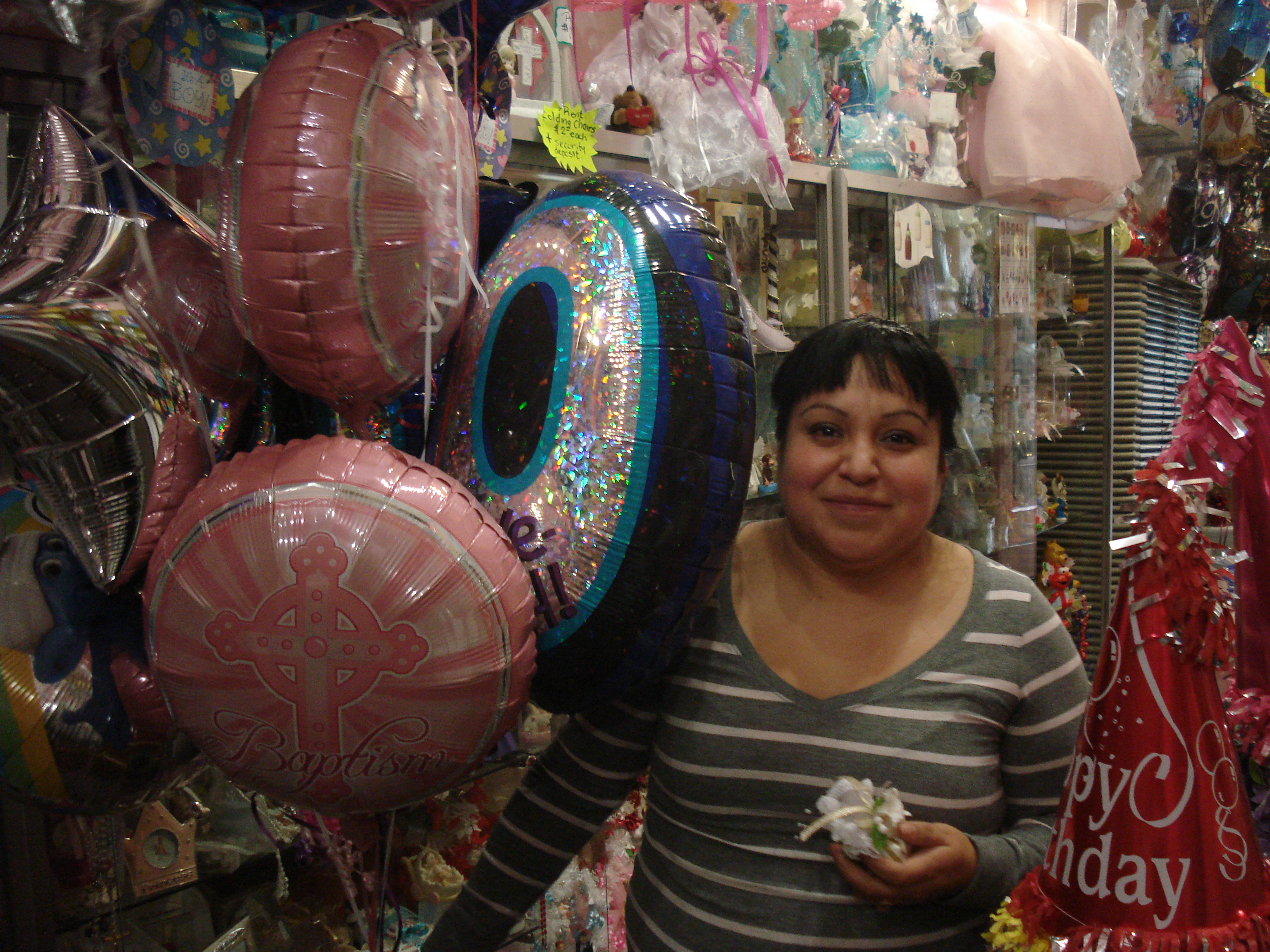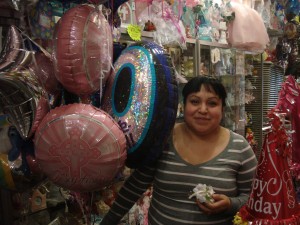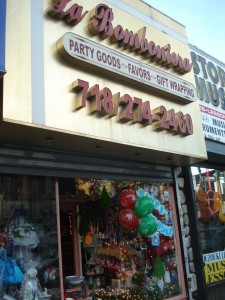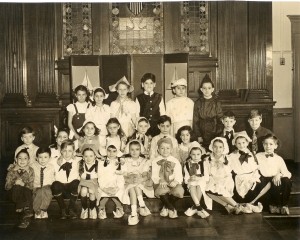
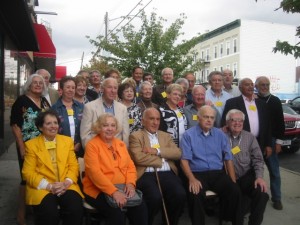
In September a group of people in their early seventies met for lunch at an Astoria restaurant. Most had either attended Public School 5 or Junior High School 126 in the neighborhood together, back in the late ‘40s and early ‘50s. There were 24 “kids” from those schools at the gathering, along with 16 spouses or friends. There were hugs and shouts of delight. Some had not seen each other for over fifty years. Since June 23, 1954 to be exact.
Alfred Holzman organized the reunion. His Slovakia-born parents had moved into 34-03 30th Avenue in 1944. They ran a store called Grand Paint Supply Company downstairs from their apartment, which is now Prime Design and Printing. In 1945 Alfred entered Public School 5.
The school was at 30-11 29th Street, just off 30th Avenue. The site is still a school – PS 234 – but the PS 5 building is no longer there: in 1967 an eight year-old boy playing with a match in a student clothing closet triggered a fire that burned the building to the ground.
Alfred and his classmates were devoted to one of their teachers, Mrs. Evelyn R. Benton. She had recently started teaching at the school after serving with the US navy during World War II as a “WAVE” (an acronym for Women Accepted for Volunteer Emergency Service). Many years later, in 2005, Alfred decided to get a small group of “Mrs. Benton’s kids” back together again for a reunion.
Since that initial gathering in South Florida the group has mushroomed as Alfred has been able to track down more and more of their classmates. Many live within New York State or New Jersey. Some though had flown in for the Astoria reunion from Florida and were making the occasion into a vacation. One woman arrived a little late having driven for seven hours straight from Vermont.
The reunion bubbled with reminiscences and summaries of lifetimes. How to update someone on the last fifty years of your life? It tended to boil down to love, work and health. There may be big differences between the specific paths Mrs. Benton’s pupils took but those basic ingredients, in various formulations, are there.
Among the group is an actress, an artist who taught at Fashion Institute of Technology, and a wall-street investor-turned marine-turned firefighter who also played the bugle in a band during the half-times of New York Giants games. One of the guests had married his childhood sweetheart. Another was there with his second wife. Alfred married his wife Lucy when he was in his fifties.
Clyde Locke, one of the guests, remembers the mix of origins of the kids along his block and still has the accents to prove it. He can switch effortlessly from Irish- to Scottish- to English- to German- to Italian-accented English. He says arriving at college where most kids had grown up in rural American towns was a culture shock – their experience having been so different from his city life. Frank went on to be an ophthalmologist in Astoria and the Director of eye surgery at New York Eye and Ear Infirmary. He fixed two detached retinas for one of his PS 5 kindergarten classmates, Rosemarri Roth, who stood up at the reunion to thank him.
While Astoria was mixed when Mrs Benton’s kids were young, most of its residents were of European origins. As Alfred described it, “we all came from working class immigrant families, whether Hungarian, German, Slovak, Greek, or Italian-American.”
The guests brought photos and mementos. Among them was a faded PS 5 banking book. Each student contributed to his or her student bank account every Monday morning. It could be a dime, a quarter, even a dollar, whatever their parents could afford at the time. At the end of sixth grade when they graduated from PS 5, the children received a regular bank book. In that way they learned to save.
The best memories though didn’t need a prop. Evelyn Strang (raised on 30th Street between Newtown Avenue and Astoria Boulevard) and Frank Jankech (31st Avenue and 32nd Street) reminisced about a date they had gone on when they were young. It was Evelyn’s first time going to a Broadway show. She recalls her mother telling her to dress up nice and wear gloves. “I remember you were always smiling, always happy,” she said of Frank.
Miss Anna E. Burns, the PS 5 long-time principal, cropped up in the conversations. The girls at the school liked her, the boys loathed her. One recalled his delight at discovering how to open a high window in the corridor followed by the dread of sensing her approaching behind him.
There were also insights into how 30th Avenue has changed. Near where Key Foods supermarket is now located there was a grand mansion: Evelyn’s father tended the gardens there. Most of the Avenue consisted of small shops, like now, but very few of the shops from the time have survived. On practically every corner there was a pharmacy: from 29th Street to Steinway there were seven.
Off the Avenue, kids would take over whole blocks with street games, like stick ball for which they used manhole covers and auto fenders as bases. And many remembered the jubilant street parties on V-J day in Spring 1945, when they were impressionable five year-olds.
Guests were given a questionnaire that they browsed during the meal, with questions about PS 5 and the neighborhood. Some had specific answers. “An important invention was made in Astoria in a garage on 37th Street, what was it?” (Answer: xerography, i.e. a dry photocopy, which soon became the essence of the Xerox corporation).
Other questions began with “Do you remember…?”. For example, “Do you remember ‘inspection’ each week?” (when the class had to stand in a row and have their hands and fingernails inspected for cleanliness and display their handkerchiefs). And: “Do you remember the basement lunch room (can you smell the tomato soup) ?”
The atmosphere at the reunion ranged from lighthearted to emotional. As Alfred said when he addressed the group: “It’s just a kick, a great feeling, to see someone again.”
*************************************
I am very grateful to Alfred Holzman for inviting me to join this reunion.
For more on how 30th Avenue was in the past, see: the interview with Bob Singleton of the Greater Astoria Historical Society; a conversation with a group of Astoria old-timers at Corner Delights café; and the post about 30th Avenue’s former ice cream parlors.
